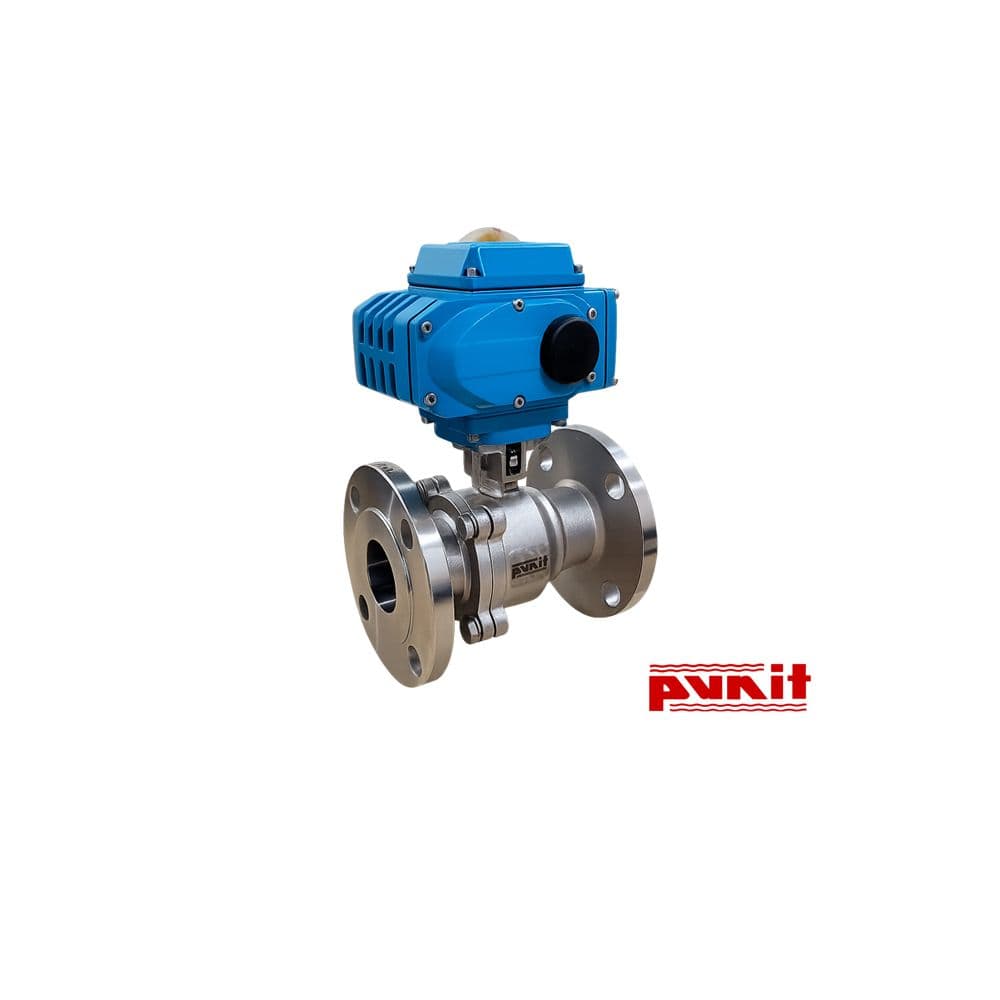In the fast-paced world of industrial fluid control, understanding what a ball valve is can make all the difference in optimizing safety, efficiency, and performance. As a cornerstone of modern engineering, ball valves—also known as ball type valves—offer reliable shutoff and flow regulation across high-stakes sectors like oil and gas, chemicals, and water treatment. Whether you're searching for "what is ball type valve" or exploring "industrial ball valve applications," this ultimate guide breaks down their mechanics, types, and when to use a ball valve. With the global ball valves market projected to reach USD 14.87 billion in 2025 and grow at a CAGR of 4.93%, now is the time to invest in proven solutions for 10X operational growth and global scalability.
I. Introduction: The Ball Valve’s Dominance in Industry
Ball valves command a significant share of the industrial valve market—estimated at around 17-20% based on recent projections—due to their versatility and reliability. Valued at approximately USD 14.17-14.87 billion in 2025, the ball valves segment is driven by surging demand in energy infrastructure and process industries. Their core value proposition? Bubble-tight shutoff for critical safety applications, ensuring zero or near-zero leakage in demanding environments. Unlike other valves, ball valves provide quick quarter-turn operation, making them ideal for emergency isolation and high-pressure systems. For businesses eyeing global expansion, partnering with an experienced ball valve supplier like Punit Valves can unlock efficiencies that propel 10X growth through durable, customizable solutions.
II. How Ball Valves Work: Engineering Breakdown
At its essence, a ball valve is a quarter-turn rotational motion valve that uses a spherical ball with a bore (hole) to control fluid flow. When the ball's bore aligns with the pipeline, flow is open; a 90° rotation misaligns it, shutting off the flow completely.
Anatomy Visual
Imagine a cross-section: The valve consists of a body (typically forged or cast in materials like stainless steel), a polished ball (often chrome-plated for smoothness), seats (polymer or metal rings that seal against the ball), a stem (connected to the handle or actuator), and end connections (flanged, threaded, or welded). Seals and packing prevent leaks around the stem.
Operation Principle
The ball rotates via the stem, aligning its bore for full flow or perpendicular for shutoff. This simple mechanism allows for rapid operation—perfect for "when to use ball valve" scenarios requiring quick response.
Key Sealing Mechanism
The magic lies in the seats: Soft seats (e.g., PTFE) compress against the ball for bubble-tight sealing, while metal seats handle extreme temperatures. Under pressure, the ball "floats" toward the downstream seat, enhancing the seal. This design achieves zero leakage for soft-seated models per API 598 testing standards, making them superior for high-integrity applications.
III. Types of Ball Valves
Ball valves come in various configurations to suit diverse "industrial ball valve applications." Here's a breakdown:
- Floating Ball Valves: The ball "floats" between seats, ideal for low-to-medium pressure (up to 1,000 PSI). Cost-effective for general use.
- Trunnion-Mounted Ball Valves: The ball is fixed by trunnions, handling high pressures (over 1,500 PSI) and larger sizes. Perfect as a "high pressure ball valve" for oil and gas.
- Full Port vs. Reduced Port: Full port maintains pipeline diameter for minimal flow restriction; reduced port is compact and economical.
- Multi-Port (3-Way or 4-Way): For diverting or mixing flows, common in chemical processing.
- Materials-Based: Stainless steel for corrosion resistance, carbon steel for strength, or exotic alloys for extreme conditions.
- End Connections: Threaded for small lines, flanged (per API 6D) for pipelines.
Choosing the right type depends on your needs.
IV. When to Use a Ball Valve: 5 Industrial Use Cases
Knowing "when to use ball valve" ensures optimal performance. Here are five key scenarios:
- Safety-Critical Shutoff (e.g., Emergency Gas Line Isolation)
Why ball valves? They offer bubble-tight shutoff with zero leakage for soft-seated designs per API 598, compared to allowable minimal leakage in butterfly valves.wermac.orgvalmet.com This makes them essential for preventing hazards in refineries. - High-Pressure/Temperature Systems
Punit Valves' range supports up to 1,500 PSI at 400°C, certified to ASME B16.34, ideal for steam lines and petrochemicals. - Corrosive/Abrasive Media
Pair PTFE seats for acids or Stellite-coated balls for slurries, extending lifespan in mining or wastewater. - Cryogenic Applications
Extended bonnets prevent stem freezing at -196°C, crucial for LNG storage. - Automated Process Lines
ISO 5211 mounting pads enable easy integration with actuators for remote control in smart factories.
These "industrial ball valve applications" highlight their superiority in reliability.
V. When NOT to Use Ball Valves
Despite their strengths, ball valves aren't universal:
- ❌ Throttling Control: Their design causes cavitation; opt for globe valves instead.
- ❌ Slurry with Particulates >5mm: Solids can damage seats; choose knife gate valves.
- ❌ Cost-Sensitive Low-Pressure Water: Butterfly valves can save up to 40% in costs for non-critical apps.
VI. Selection Criteria for Ball Valves
Selecting the right ball valve involves key metrics:
- Pressure Ratings: Match to system needs (e.g., Class 150-2500 per ANSI); high pressure ball valves require trunnion designs.
- Materials: Stainless steel for corrosion, brass for water—ensure compatibility with media.
- Certifications: API 6D for pipeline integrity, ensuring fire-safe and low-emission performance.
- Size and Flow Coefficient (Cv): Full port for high flow; calculate based on application.
- End Connections and Actuation: Flanged for easy installation; pneumatic for automation.
Punit Valves offers expert guidance to meet these criteria.



